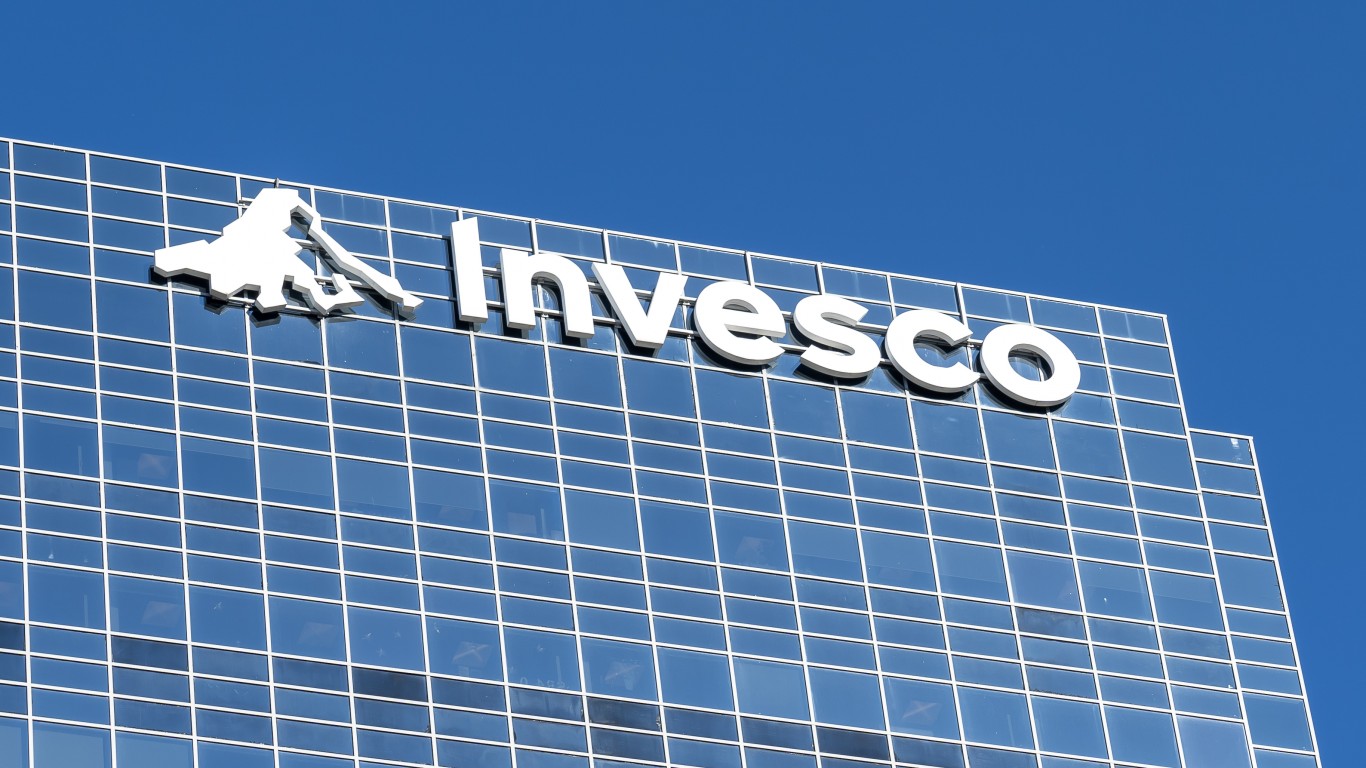
It’s the big question that I’m sure many new investors share: is it better to go with the S&P 500 or the tech-heavy Nasdaq 100? The latter will give one a shot at higher returns but at the cost of higher risk. It’s these risks that may not reveal themselves until the next big market downturn. Either way, someone with $10,000 to put to work must ask themselves how much risk they’re willing to take.
Also, looking at the stock chart in 2000-02 is a must for someone on the fence between betting on the SPDR S&P 500 ETF Trust (NYSEARCA:SPY) or the Invesco QQQ Trust (NASDAQ:QQQ).
Key Points
-
The QQQ is more the exciting but a choppier, riskier ride. But should young investors prioritize it over the SPY?
-
Perhaps owning both the QQQ and SPY can make sense for a new investor with $10k to put to work.
-
If you’re looking for some stocks with huge potential, make sure to grab a free copy of our brand-new “The Next NVIDIA” report. It features a software stock we’re confident has 10X potential.
SPY vs. QQQ: Higher reward accompanies higher risks
If you were too young to have invested through the dot-com bubble, you may not be aware of the added risks with the tech-heavy index versus the S&P 500. Not only were the depths lower with the Nasdaq 100 during the dot-com bust, but it took a much longer time (about a decade and a half) to recover.
These are the types of painful risks that investors would be wise to steer clear of, even if it means market-beating gains in the near- to medium-term. Of course, history doesn’t repeat itself one for one. On average, tech valuations, I believe, are still not as extreme as they were at the end of 1999.
In any case, investors split between the two ETFs should educate themselves on the events that unfolded during the internet boom of the 1990s and the 2000-02 crash that followed. It’s a lesson that shouldn’t be forgotten, especially in times of high-tech euphoria.
Could this time be different? AI is a revolutionary technology for sure, but until it starts really pulling in earnings, there is a risk that the tens of billions invested by AI titans could be mostly a waste.
When a Chinese startup like DeepSeek can use distillation to build an AI model, like R1, that’s almost as good as the best model on the market; it’s only wise to ask some hard questions as others around you pound the table on a much-hyped trend. AI may be the real deal, but so was the internet. Perhaps it could take another year or two of 20% gains before it’s time to get nervous, though, as valuations, while elevated, just don’t look too bubbly quite yet.
Splitting between SPY and QQQ can make sense.
New investors may find it a good idea to split their investments across a broader range of funds for a multitude of reasons. Though spreading cash across exchange-traded funds (ETFs) with considerable overlap in holdings makes very little sense, I do think low expense ratios (fees) on such ETFs can allow beginning investors to tinker with the allocations a bit to find what works best for them.
Undoubtedly, you’re already very well diversified by investing in the SPY. By buying more ETFs or stocks, you’re not going to be able to further diversify your portfolio in a way that eliminates any meaningful amount of market risk. Indeed, one could just stick with the SPY or any similar S&P 500-following ETF and be done with it. For investors who want something a bit more aggressive, the QQQ may also be worth nibbling on to “spice up” the SPY core of one’s portfolio.
Undoubtedly, a SPY and QQQ combo may be a nice one-two punch for investors who want a bit more of a high-tech edge than what the SPY can provide on its own. Though there’s a lot of overlap, the weighting towards the mega-cap tech firms — think the Magnificent Seven — will be taken to the next level if you stack QQQ alongside your SPY investment.
Additionally, you’ll bump up the weightings of various large-cap firms that just so happen to trade on the Nasdaq exchange, which stands out as more of an added bonus than anything.
The bottom line
The S&P 500 (which the SPY follows) is a true index, whereas the Nasdaq 100 is not. For those keen on the added growth potential of the QQQ, perhaps putting 75% in the SPY and 25% in the QQQ is a strategy for new investors who really believe in the rise of AI and want that added tech exposure.
Get Ready To Retire (Sponsored)
Start by taking a quick retirement quiz from SmartAsset that will match you with up to 3 financial advisors that serve your area and beyond in 5 minutes, or less.
Each advisor has been vetted by SmartAsset and is held to a fiduciary standard to act in your best interests.
Here’s how it works:
1. Answer SmartAsset advisor match quiz
2. Review your pre-screened matches at your leisure. Check out the advisors’ profiles.
3. Speak with advisors at no cost to you. Have an introductory call on the phone or introduction in person and choose whom to work with in the future
Thank you for reading! Have some feedback for us?
Contact the 24/7 Wall St. editorial team.






